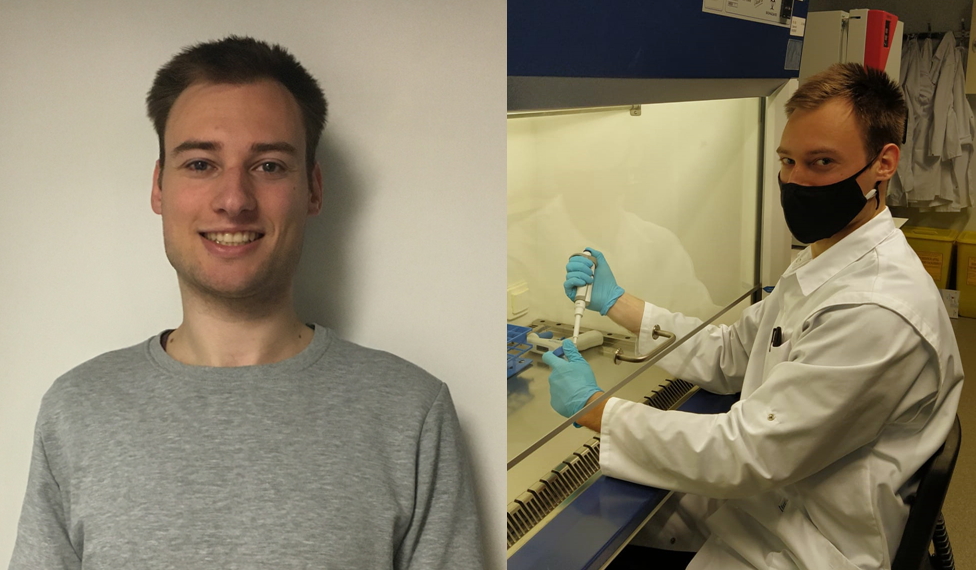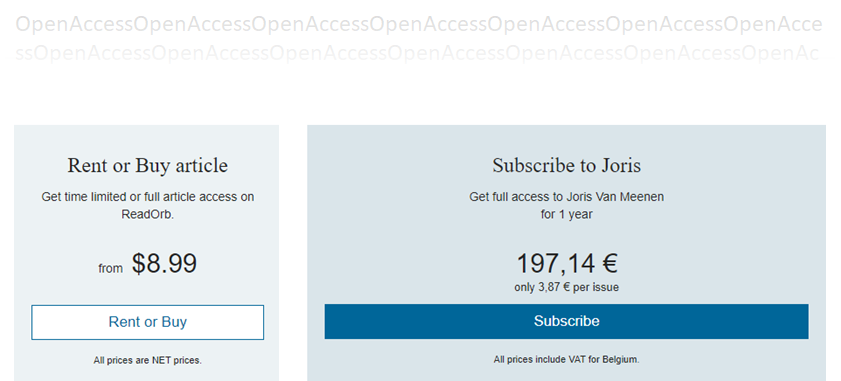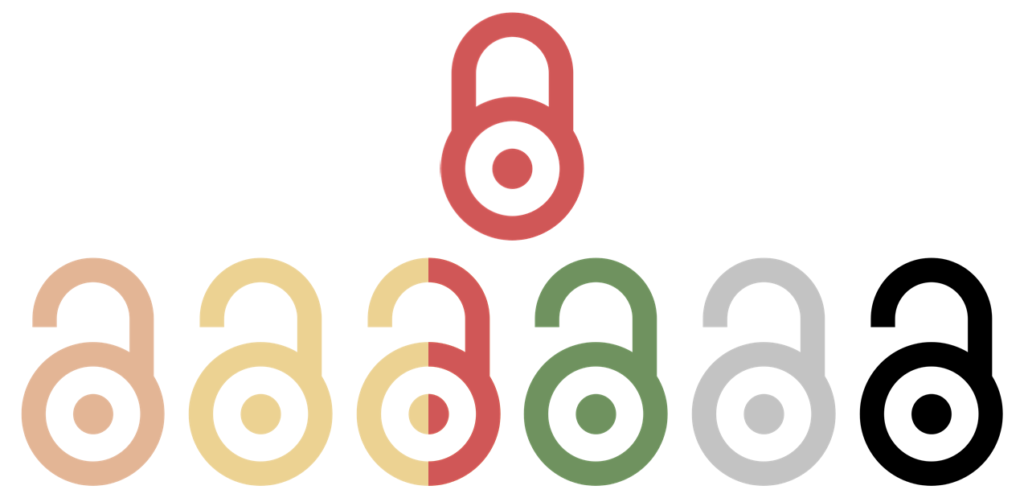
I’m Joris Van Meenen and I just started my PhD at the University of Antwerp so I’m quite the novice when it comes to scientific publishing and research dissemination, a fresh perspective if you will. Like many a scientist, I started my education being blissfully ignorant of the intricacies concerning research dissemination. I initially thought one would simply do the research and then share it with the world, but as it turns out, performing experiments is only half the work. After carefully analysing and interpreting the data, a manuscript has to be drafted which contains the rationale, methodology and results pertaining to the work.
Additional effort should be made to write this manuscript as persuasive as possible because getting published in a reputable journal can be a journey in itself. While other methods of research dissemination do exist – more on that later – publishing in journals is currently the norm. However, being published in a journal is not synonymous with your article being globally available for all your peers to read and build upon. The European Open Science Monitor estimates that in the period of 2009 to 2018, over 60 percent of published articles were distributed in a pay-to-access format. Which begs the question. Why in the age of information is such a large amount of scientific information still locked behind a paywall?

Open the blinders
The short answer is: money, for a longer answer I refer you to a wonderful documentary called ‘Paywall: The Business of Scholarship’. In brief, publishing companies have leveraged their historic position as distributors of paper-based journals to attain a certain form of prestige. Publishers can be thought of as ‘brands’ and each ‘brand’ has a certain form of prestige and impact associated with it. This is of utmost importance as employers/funding bodies will assess your impact level and look at the ‘brands’ you are associated with when shortlisting candidates. Such mentality has enabled publishers to garner a following that works for free, as it is prestigious to be allowed to review papers for certain publishers and it improves your odds of being hired/promoted.
Even though most scientific journals have now cut the costs of printing paper by moving online and they don’t pay a substantial part of their workforce, to access a single scientific article one is typically charged around 30 U.S. dollars. It is likely that publishers list individual articles at such prohibitively high prices to encourage subscriptions instead, where articles from various journals are bundled together at a lower cost per article. However, the Open Access movement does not agree with this status quo.
Open Access advocates instead that since the majority of scientific research is funded with taxpayer money, the resulting output should be a public good and should not be locked away behind a paywall.
Open Access in a colourful nutshell
Now, how exactly does one publish Open Access (OA)? Is Open Access publishing even compatible with publishing in scientific journals? Well, Open Access is more of a general idea and it has a myriad of practical implementations so what follows can be considered a simplification. Open Access models encompass a spectrum of colours and metals, namely bronze, gold, hybrid, green, platinum and black, each with their own manner of providing articles free of charge. Bronze OA, also called Delayed OA, refers to journals that publish your work behind a paywall but then release the article publicly after a period of embargo. The term Gold OA is employed when the journal does not charge the reader through a paywall, but instead has the authors paying a fee for immediate and free availability of the article. However, these author fees can be as high as a few thousand U.S. dollars, which makes publishing in Gold OA journals not evident for younger research groups. Journals are regarded as Hybrid OA when they combine the standard paywalled publishing model with publishing Open Access through the aforementioned Gold OA model. Under the Green OA model, articles still have to be purchased by readers, but authors are allowed to share a version of their manuscript in a repository.

This is actually your right as an author according to Belgian legislation (Art. 29): after a maximum embargo period of 12 months for Social Sciences and 6 months for any other field of science, Belgian authors have the right to deposit the latest version of their manuscript in a publicly available repository, if the corresponding research was funded for the majority by public funding. The pinnacle of Open Access seems to me the Platinum OA model as neither the readers nor the authors are charged any payment for providing scientific articles. Platinum OA journals rely instead on the generosity of donors, but they can also employ intrusive advertisements to cover costs, which diminishes the reading experience. Finally, there is ‘Black OA’, which is technically not an Open Access model for publishing but rather an umbrella term for ways to access content that is otherwise locked behind a paywall. This includes illegal sharing sites or the hashtag #ICanHazPDF on Twitter.
To accelerate the transition towards a future of Open Science, a group of 11 research funders backed by the European Commission and the European Research Council (ERC) formed a coalition on 4 September 2018, cOAlition S. Their plan, Plan S, is simple: from 2021 onwards, all scientific publications that result from research funded by members of cOAlition S must be published in compliant Open Access journals or platforms. Currently at 25 members, the coalition’s impact on the state of scientific publishing will steadily increase as they gather more and more members. However, Plan S has been met with great resistance from various publishers and with the ERC Scientific Council recently withdrawing its support, it remains to be seen whether Plan S will indeed be implemented.
Consider other audiences
For me, the Open Access movement could broaden its scope to include some additional lines of thought. Whereas the current focus lies on making scientific articles freely accessible for human readers, it would be prudent to also think about the future. Each day, over 2000 citations are added to PubMed and the ever-increasing body of scientific literature has reached a point where keeping up with general topics has become a tremendous task. As a result, search engines are routinely employed to sift through the constant stream of information in order to locate articles relevant to one’s field of study. However, the caveat of this method is that your search results might omit some interesting papers due to them not matching your search terms and by only focussing on your specific field of study, you might lose track of the bigger picture. In order to be Open towards the future, scientists should start thinking about a publishing format that facilitates computer-based high content analysis, for example, by including a machine-readable section in the abstract that summarises the results in a standardised manner.

Another audience that is becoming increasingly important to reach are the non-scientists. Disputes about vaccines and climate change show that the gap between scientists and non-scientists – even between scientists of different fields – is widening due to the increasing complexity of research. Bridging this gap through other means of research dissemination such as podcasts, news articles and events like Pint of Science can help prevent scientists from losing the public trust.
Now, during the COVID-19 pandemic, it’s more important than ever that healthcare professionals, policy makers, funders, patients, students & educators, and the general public have access to accurate scientific information.
There is still much work to be done before all scientific publications that arise from tax payer funded research are made freely and immediately available. Open Access will not only enable greater collaboration and data access in research, but it will also benefit society as a whole. I hope that my article has given you some food for thought and increased your understanding of the Open Access movement.

Joris Van Meenen is a first-year PhD student at the Antwerp Research Group for Ocular Science (ARGOS). During his undergraduate studies in Biochemistry at the University of Antwerp, Joris already showed an interest in translational science by working together with students from KU Leuven to develop a biosensor for fast and accurate quantification of Vancomycin – which won gold at the SensUs student competition. Now, at ARGOS, Joris is learning the principles of tissue engineering to develop an organ-on-a-chip device that mimics the human cornea. When implemented, this device will facilitate better preclinical testing of ophthalmic drugs, reducing the amount of costly clinical trials with candidate compounds that are toxic or ineffective.
Article written by Joris Van Meenen. Edited by Rudi Baccarne and Dr. Bronwen Martin
